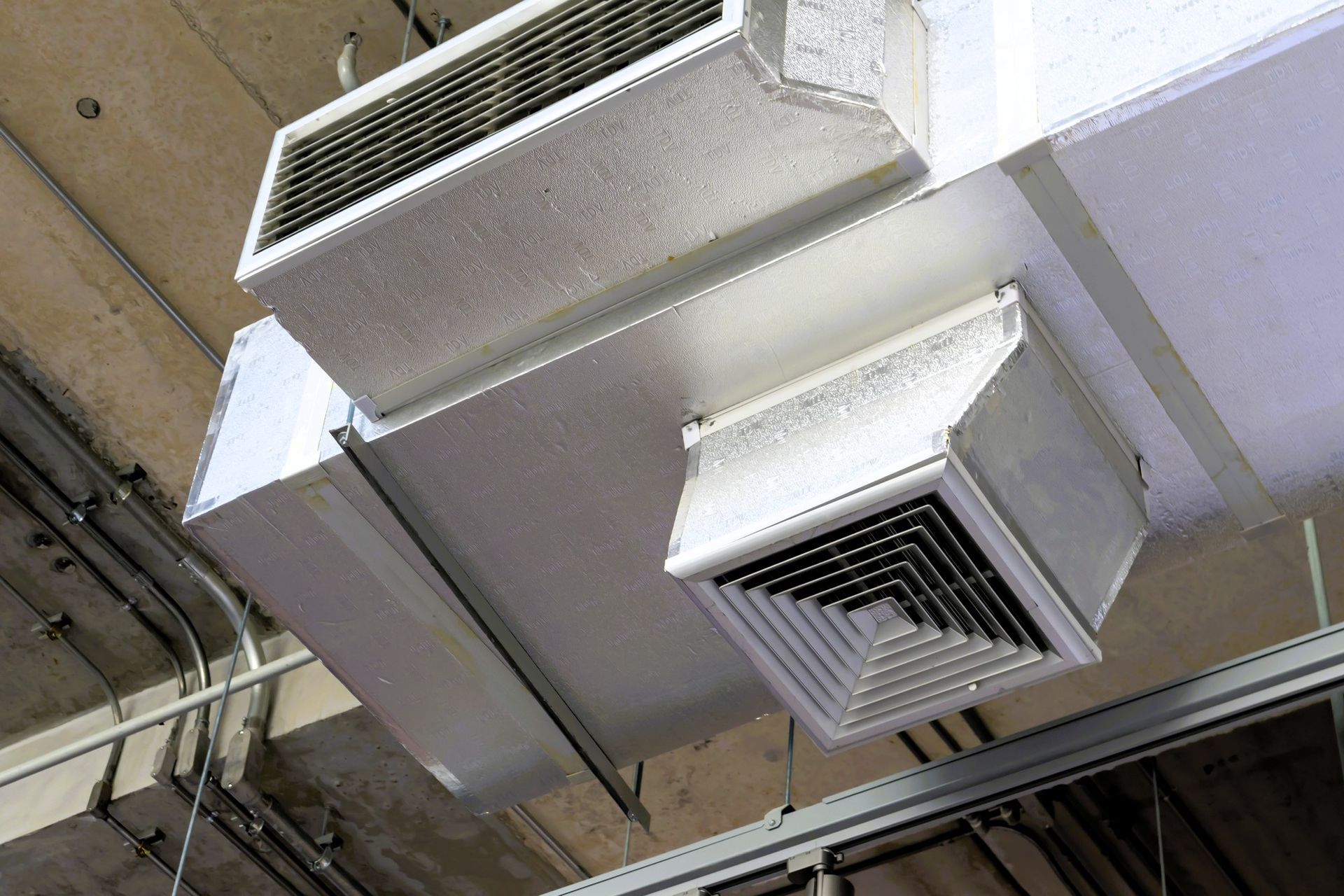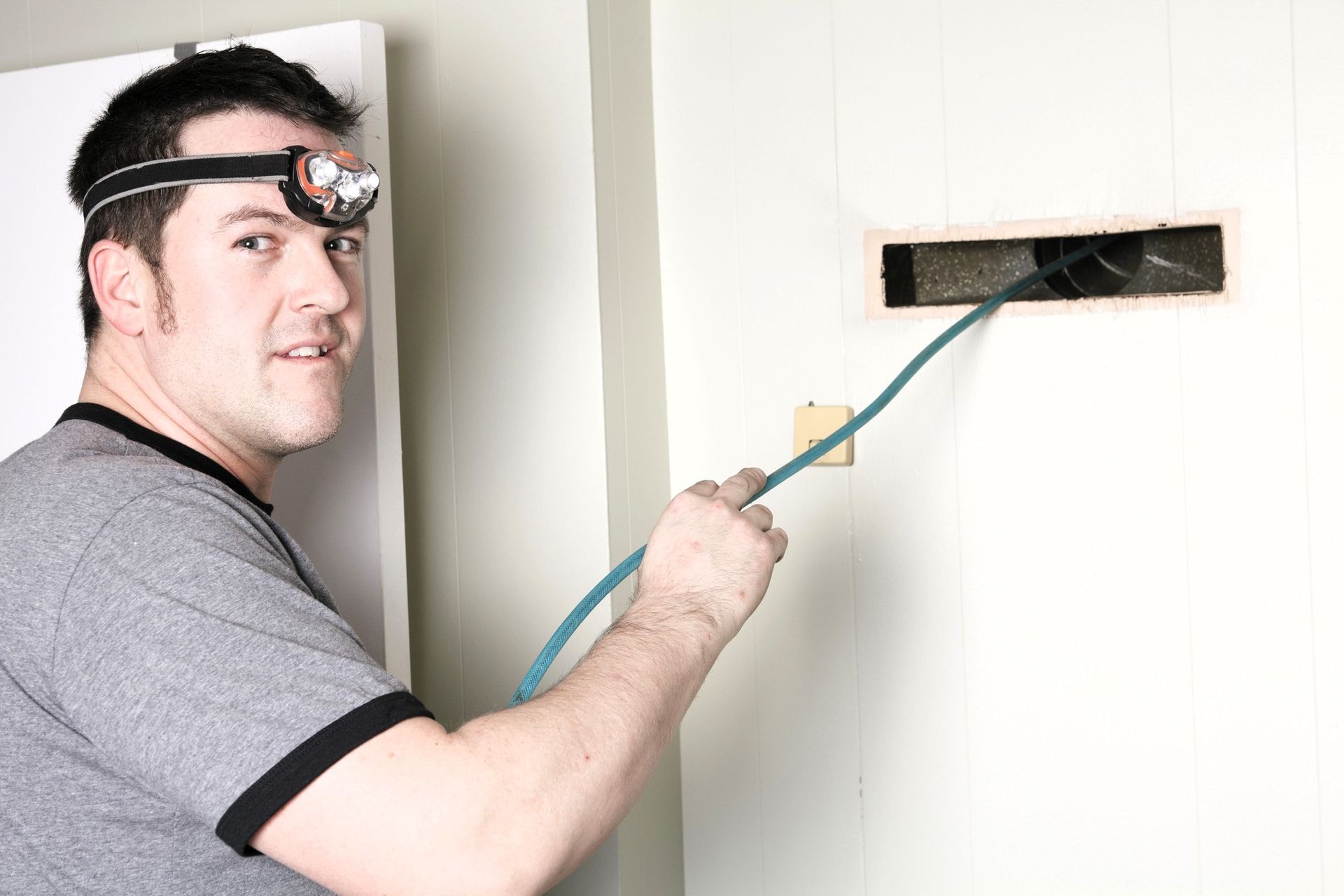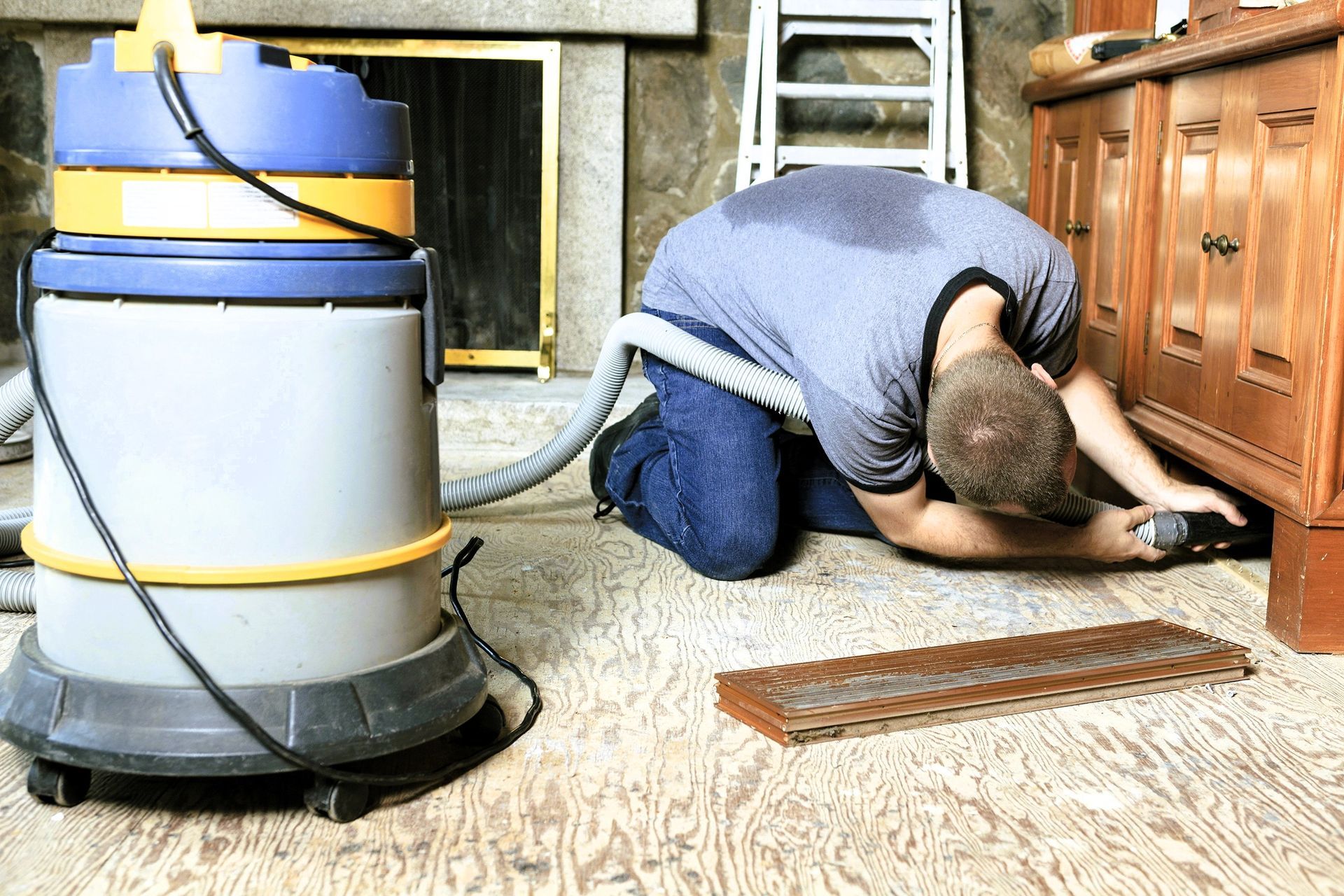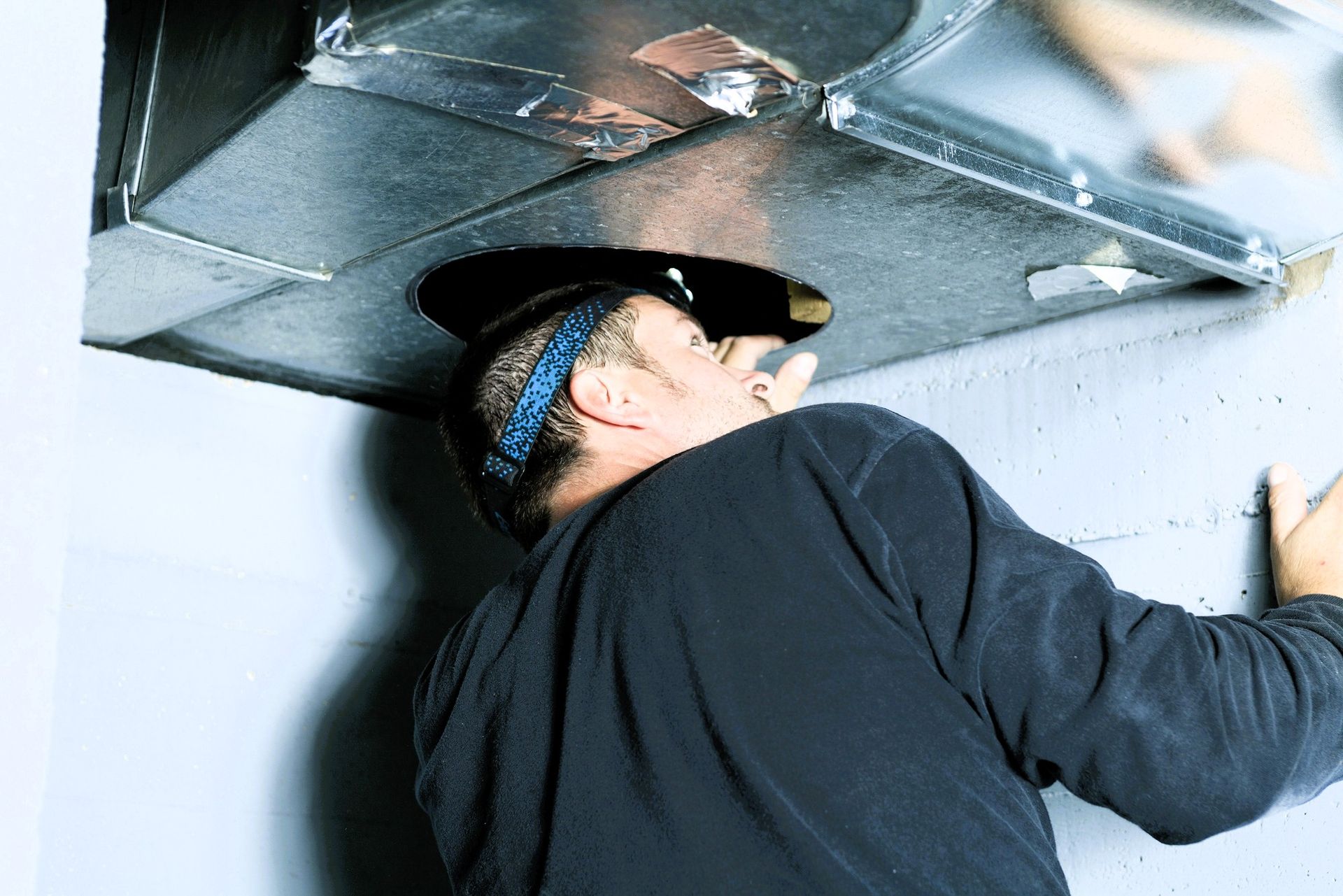Ways You Might be Contributing to Poor Indoor Air Quality at Home
- VOC’s (Volatile Organic Compounds) are used in cleaning agents, which can ruin your air quality.
- Continuous running of your heater or furnace leads to unwanted carbon monoxide emission that can prove fatal if not controlled.
- The water content or humidity in the air is an important factor that affects air. Excess humidity can lead to suffocation and asphyxiation.
- Poor air duct cleaning can affect the air as it is the source of ventilation. If the air duct is blocked or clogged, the air quality is greatly compromised.
- Surprisingly, temperature also contributes to air quality. If the humidity is greater, it is advised to keep a lower temperature and vice versa.
- You might not know that your pet is also a threat to your air. They have body hairs that become airborne and most likely contain microbes that have higher chances of ruining your indoor air.
Like other things in which we have to analyze the problem before solving, in order to figure out the current quality of your air, air quality testing is a must. Most people are oblivious to the current disposition of the quality of air. Listed below are several ways to test your indoor air quality.
- Mold testing is an effective way to determine the quality of the air you are breathing in your home. You can find mold testing kits at a budget-friendly price from any home improvement store.
- Indoor air quality monitors are available to precisely check the air quality. They are the most reliable method to find out what steps you need to take to improve air.
- The biggest threat from poor air quality is carbon monoxide emission. You can install carbon monoxide alarms to detect any is present in your home.
- Get help from an air quality professional to learn innovative ways to improve air quality.
- A radon test can also detect your air quality, and you can later make the needed improvements.
Visit Grand Rapids Duct Cleaners Facebook page








